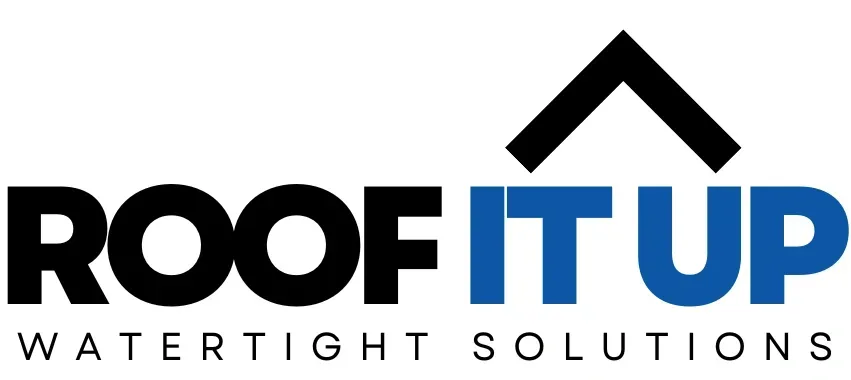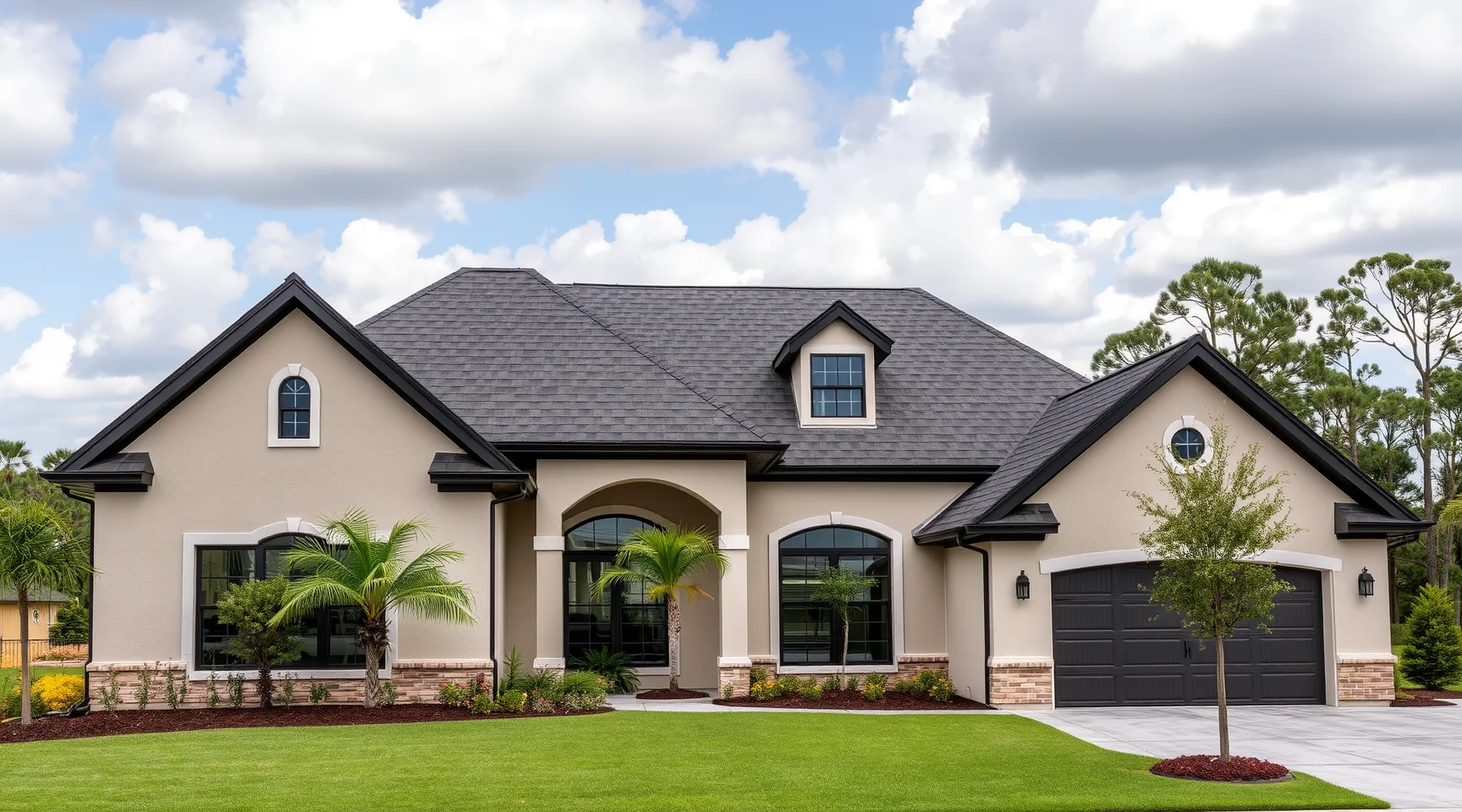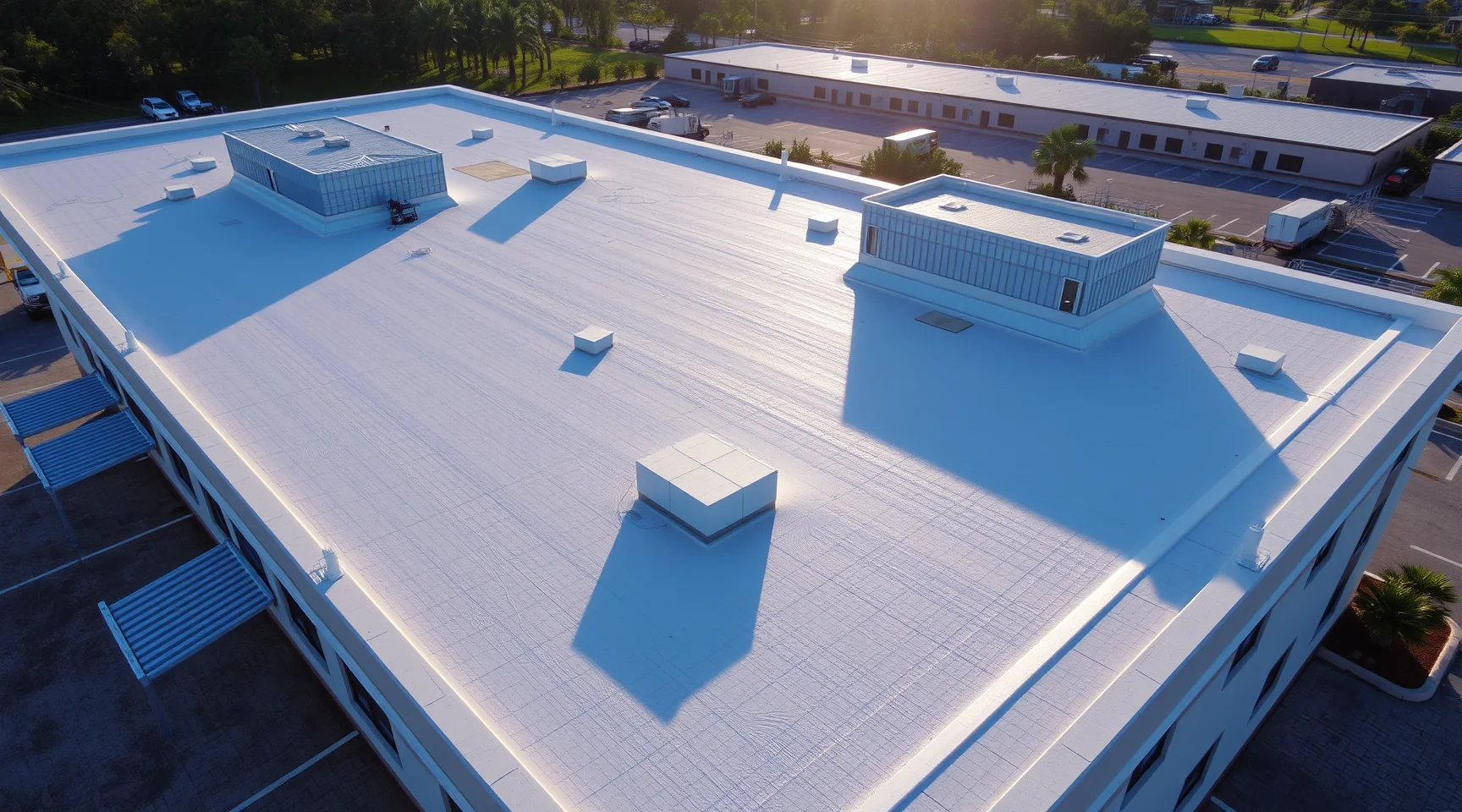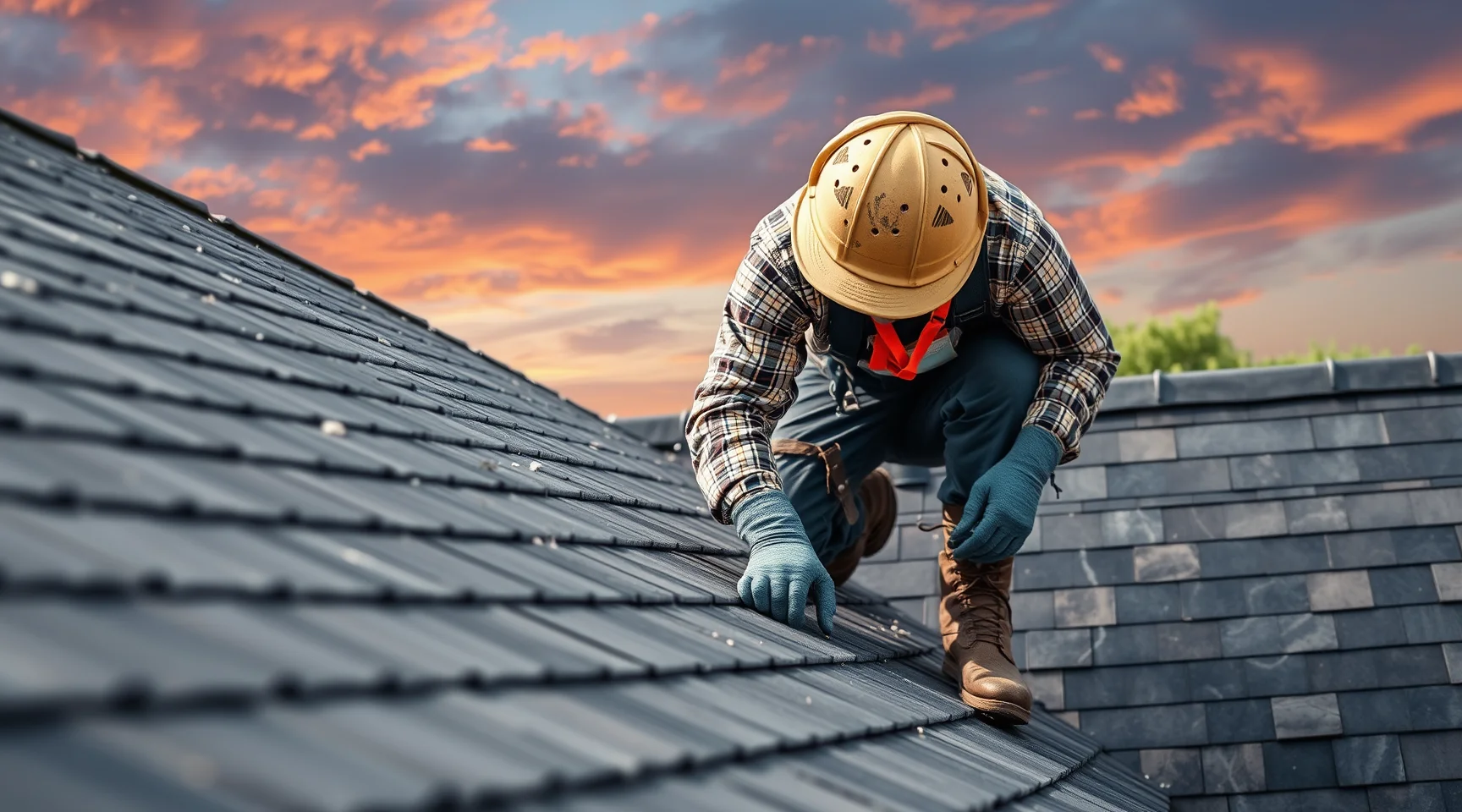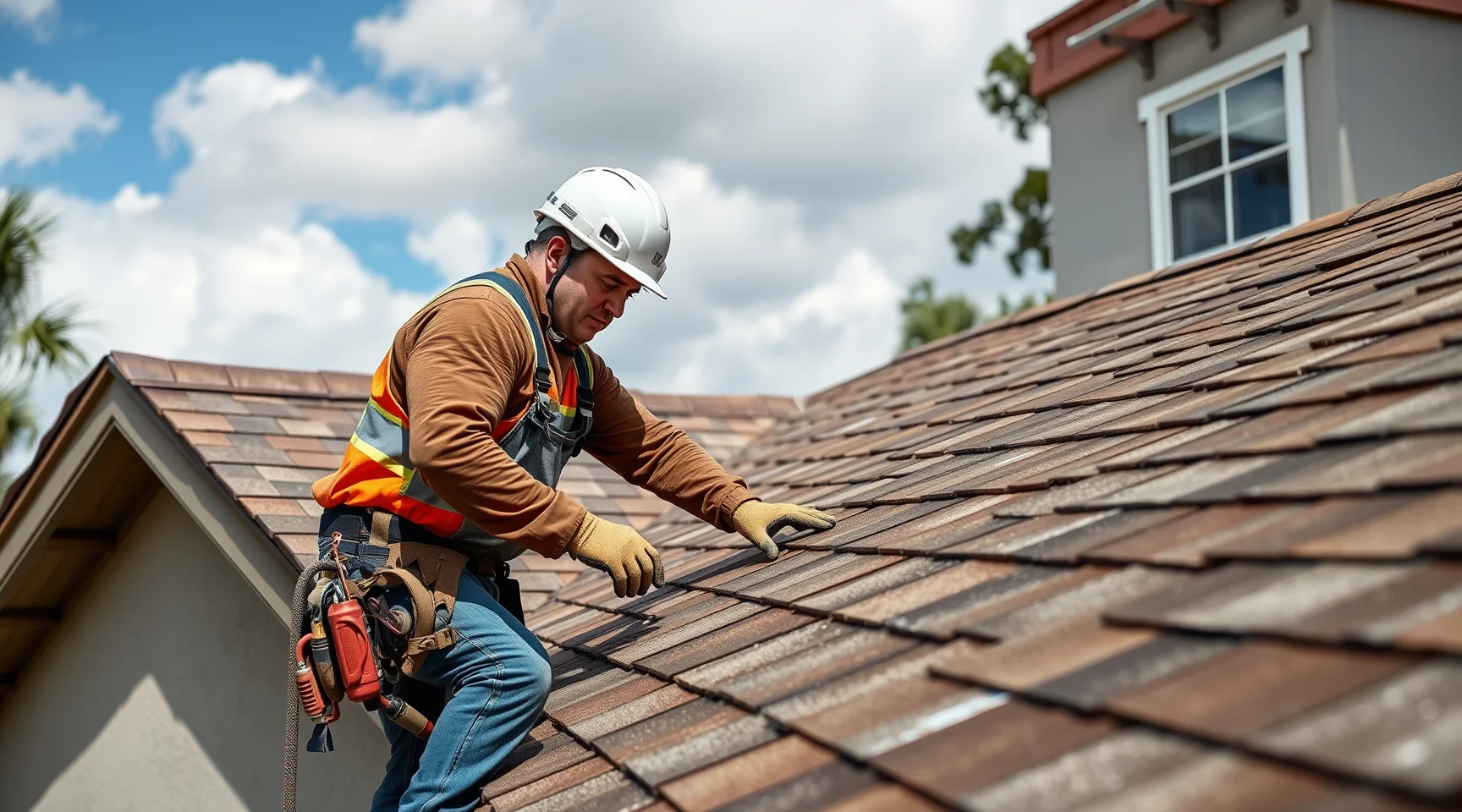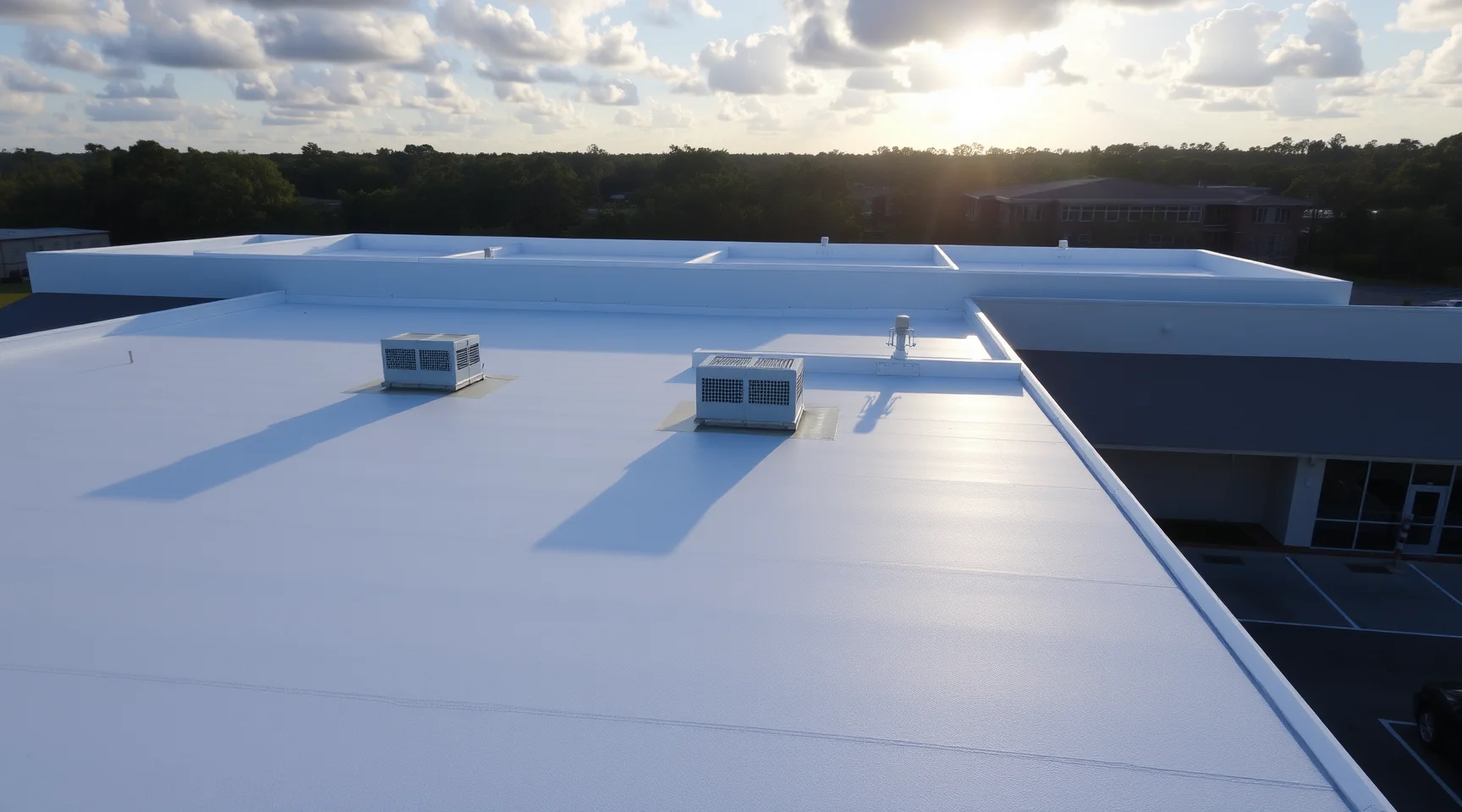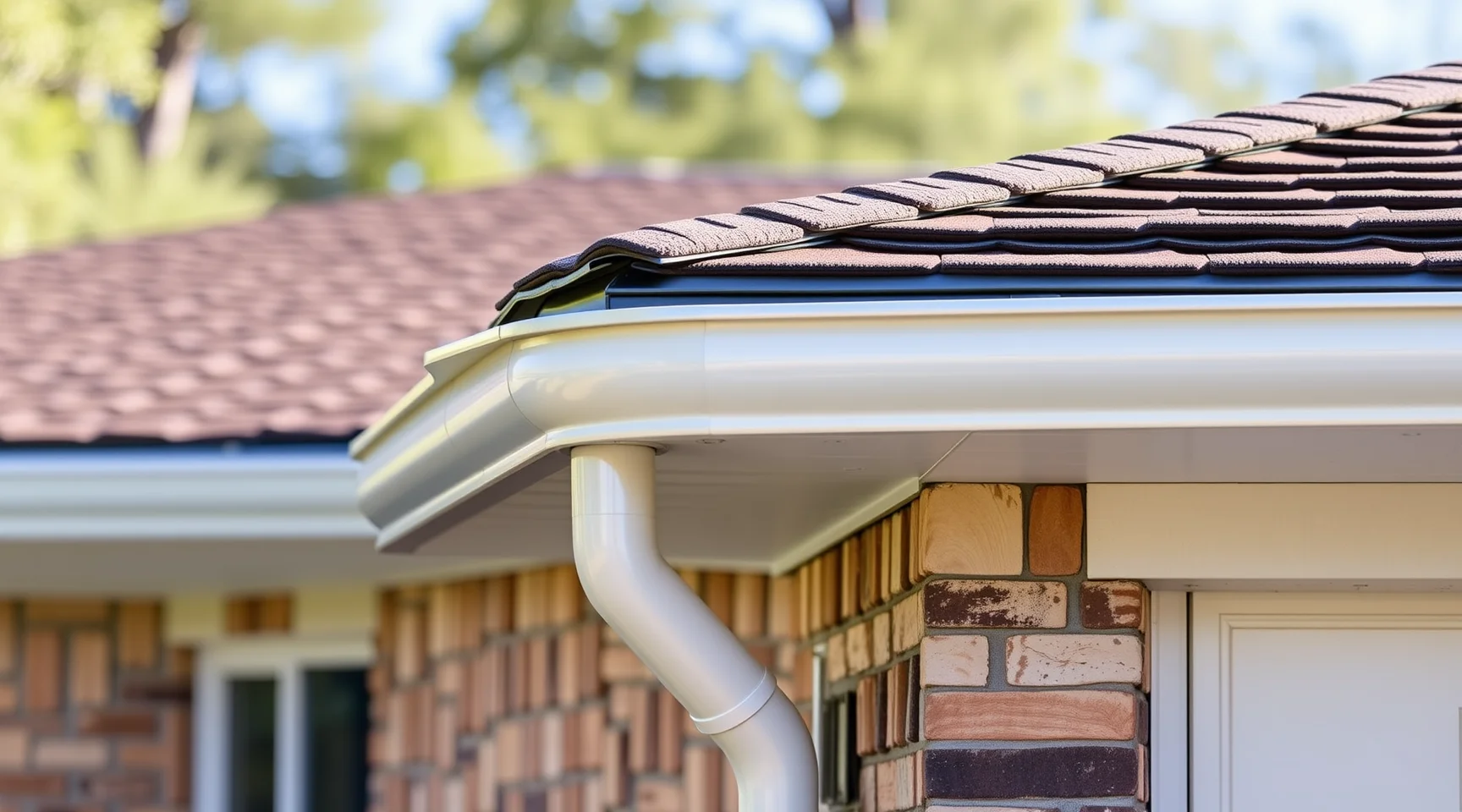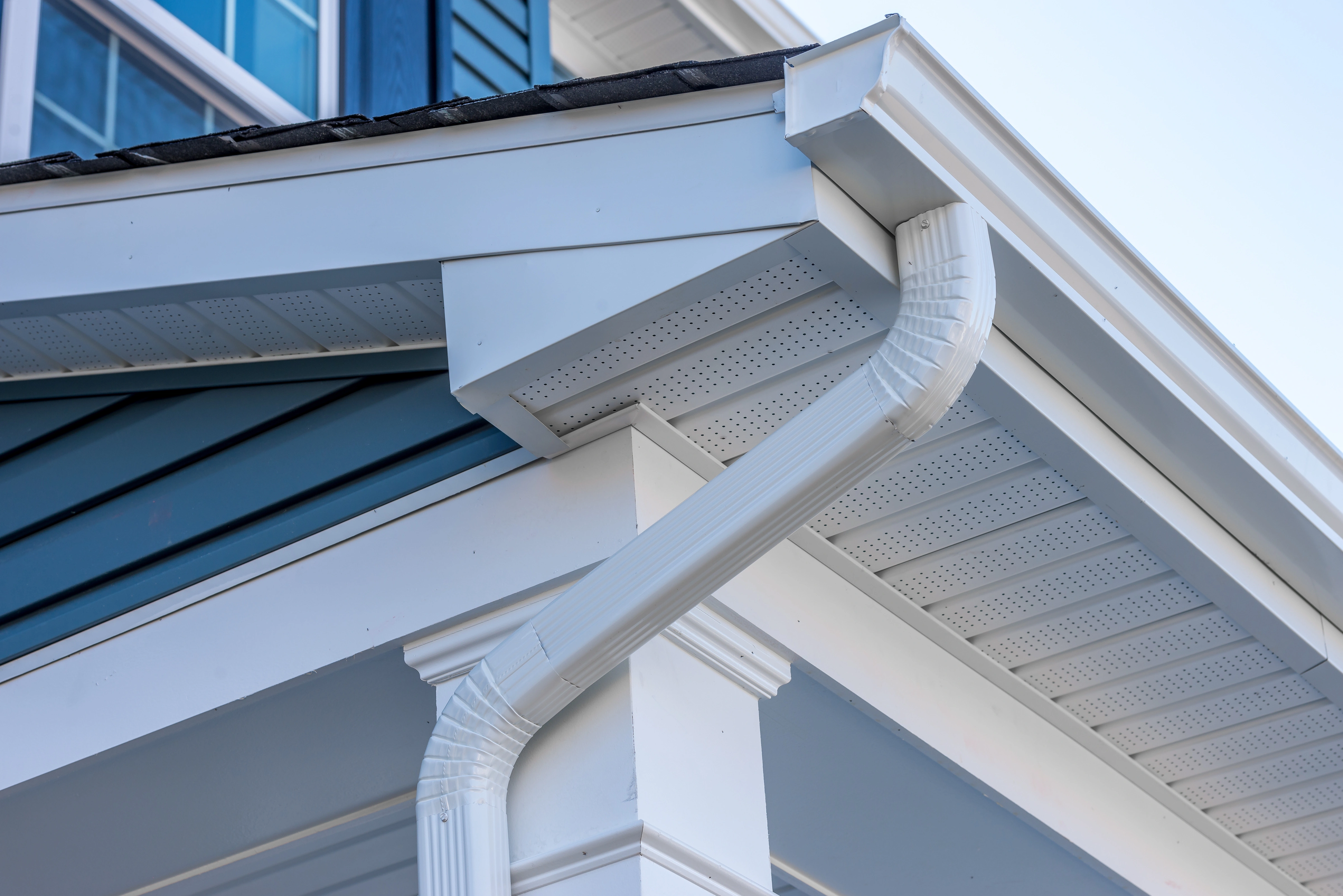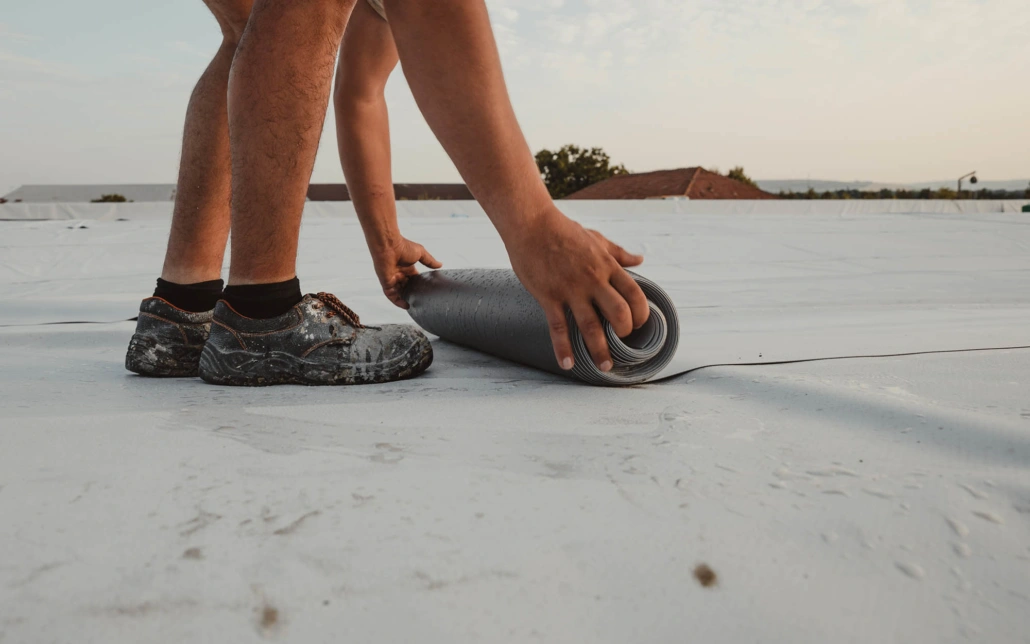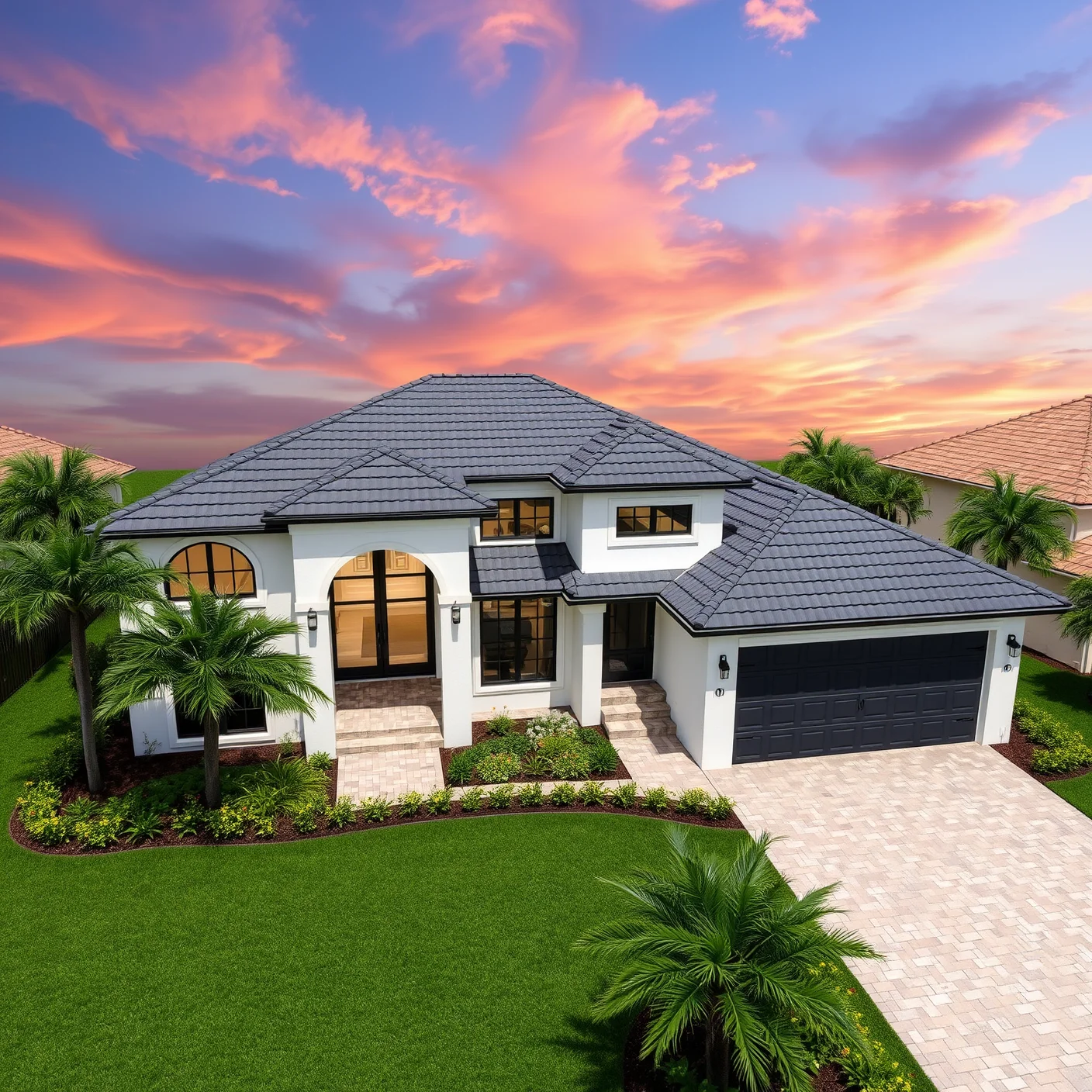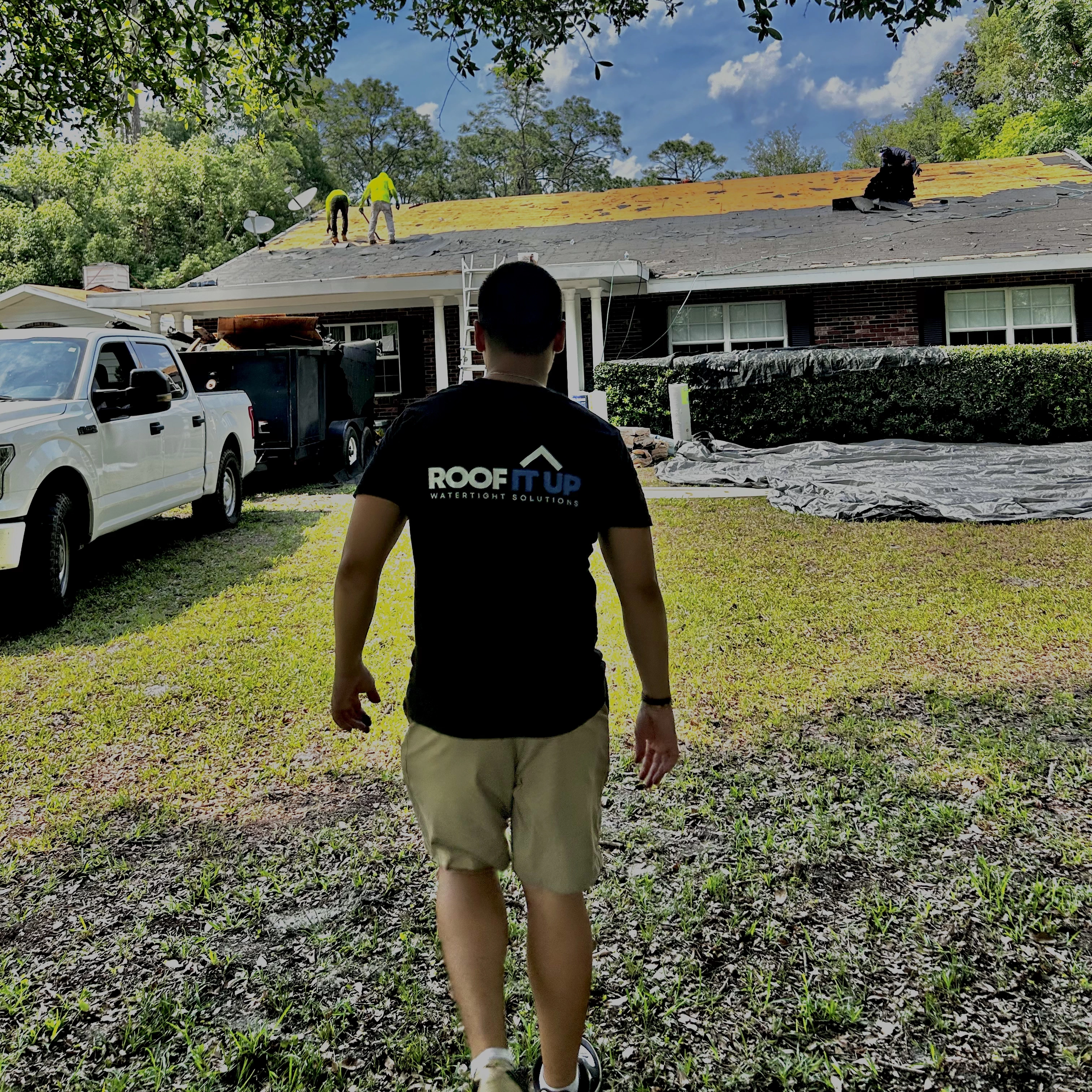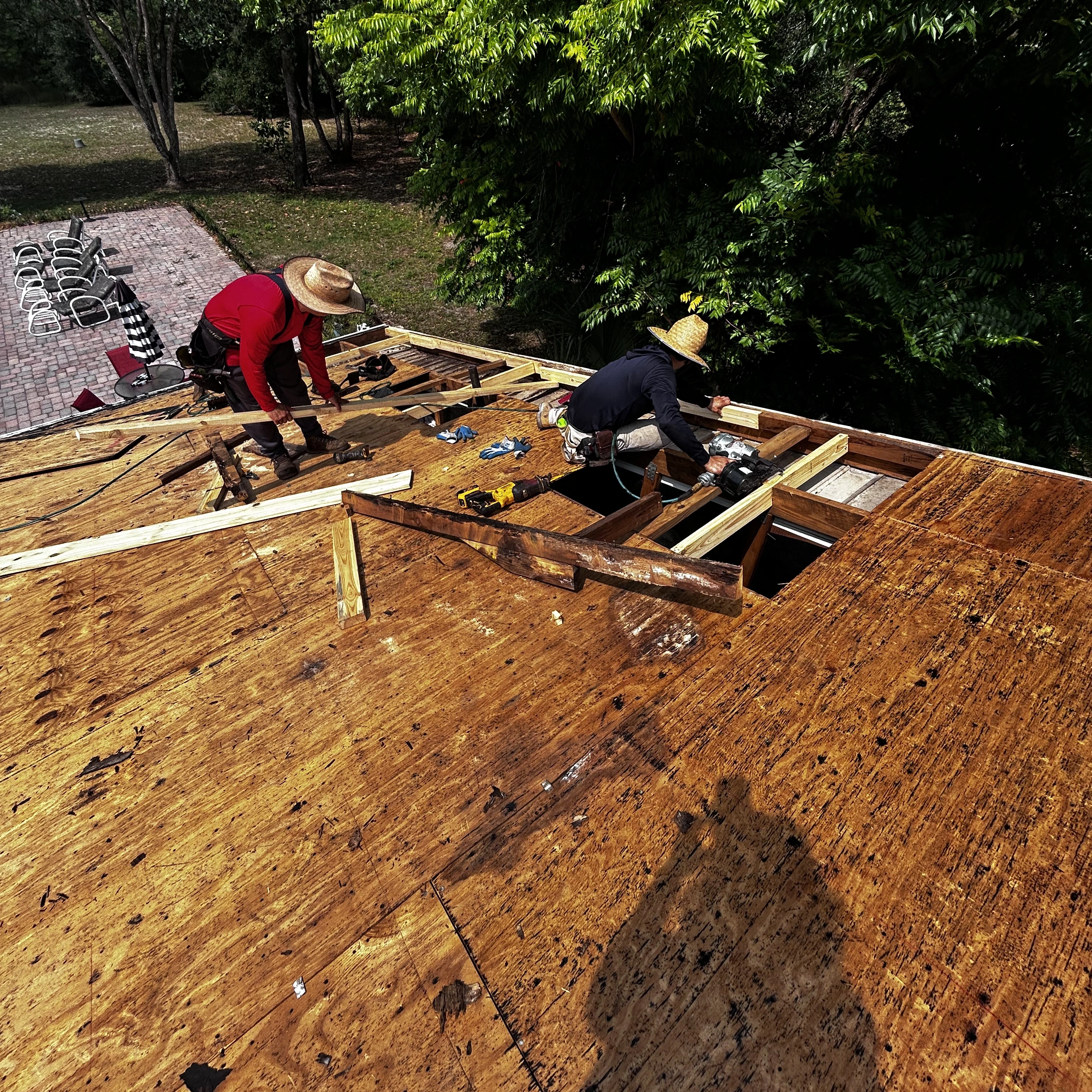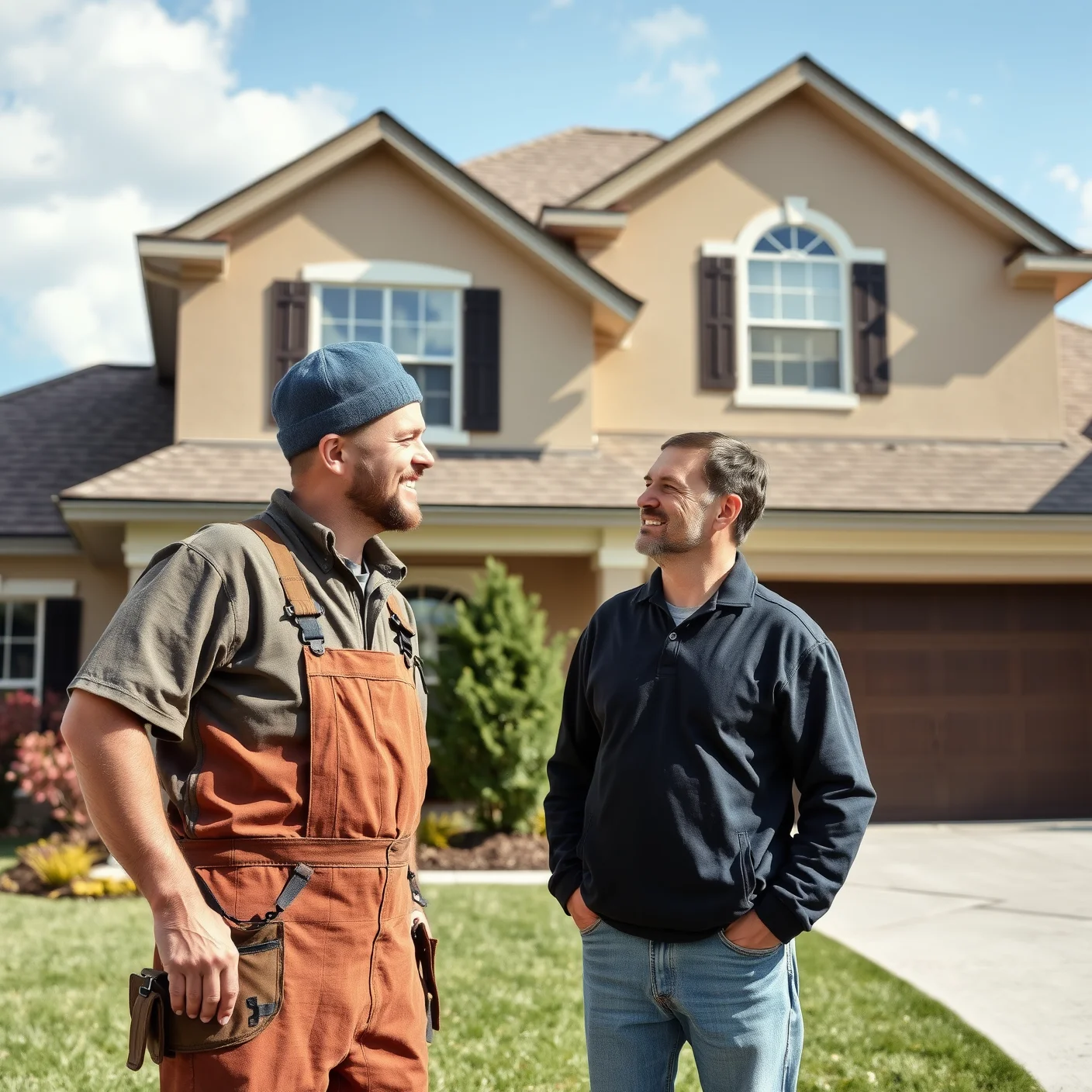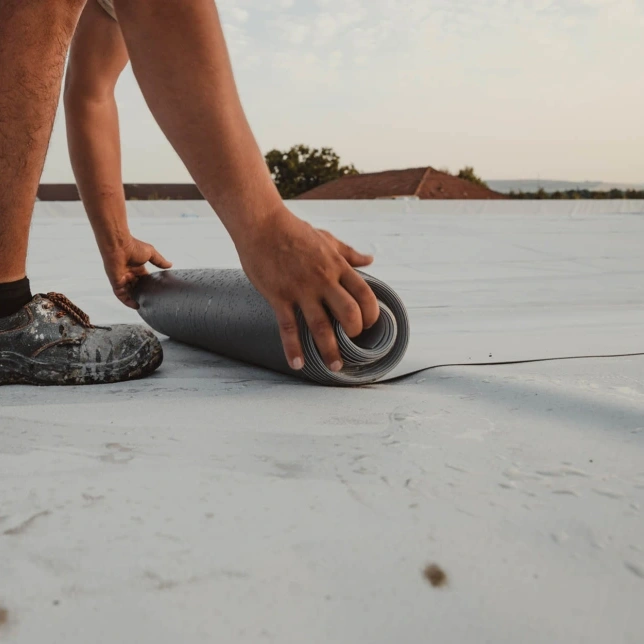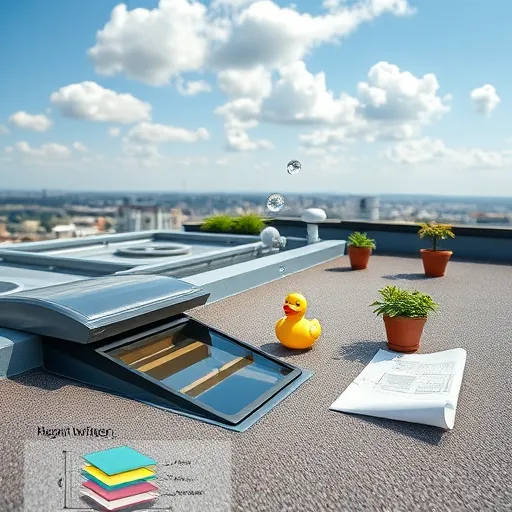
How to Prevent Leaks in Flat Roofs | Expert Roofing Tips
What Are the Common Causes of Flat Roof Leaks and How Can They Be Prevented?
Understanding the root causes of leaks in flat roofs is the first step toward effective prevention. Unlike pitched roofs, flat roofs are more susceptible to water pooling, membrane deterioration, and poor drainage. Recognizing these vulnerabilities allows homeowners and property managers to take targeted action to prevent leaks before they occur.
How Does Water Pooling Contribute to Flat Roof Leaks?
One of the primary reasons for leaks in flat roofs is inadequate drainage, leading to water pooling. Over time, standing water can weaken roofing membranes, cause cracks, and promote the growth of mold and algae. Ensuring proper slope and drainage pathways is paramount.
What Role Does Roof Material Play in Leak Prevention?
The choice of roofing material significantly influences the longevity and water resistance of your flat roof. Materials like built-up roofs (BUR), thermoplastic polyolefin (TPO), and EPDM rubber are popular for their durability and weather resistance. Discover more about best roofing materials for extreme climates to ensure your roof withstands harsh conditions.
How Can Proper Maintenance Extend the Lifespan of a Flat Roof?
Regular inspections and maintenance are crucial. Removing debris, checking for membrane damage, and ensuring sealant integrity can greatly reduce leak risks. Routine upkeep allows for early detection of issues, preventing minor problems from becoming major repairs.
What Are the Effective Strategies to Prevent Flat Roof Leaks?
Implementing a comprehensive maintenance plan involves several proactive tactics. Here’s a detailed look at strategies to keep your flat roof watertight for the long-term.
How Important Is Regular Roof Inspection and Maintenance?
Frequent inspections—at least biannually and after severe weather events—are vital. During inspections, look for cracks, blisters, ponding water, or pooling areas. These issues should be addressed promptly to prevent leaks. Consider engaging a professional flat roofing specialist to ensure thorough assessment.
What Are the Best Practices for Ensuring Proper Drainage?
Proper drainage is essential to prevent water accumulation. This involves maintaining functional gutters, downspouts, and scuppers, as well as ensuring the roof’s slight slope directs water toward drainage points. Blocking or clogging these outlets can lead to water pooling, so regular cleaning is necessary.
Should I Consider Upgrading Roofing Materials for Better Leak Prevention?
Upgrading to modern, self-healing roofing solutions can enhance leak resistance significantly. Self-healing roof shingles, for example, seal minor cracks automatically, reducing leak likelihood. Learn more about self-healing roof shingles technology and whether it’s suitable for your building.
How Do Sealants and Flashing Contribute to Leak Prevention?
Proper installation and regular inspection of sealants and flashing are critical. These components protect joints, seams, and penetrations—areas most vulnerable to leaks. Over time, sealants can degrade, crack, or peel, so reapplication may be necessary to maintain integrity.
What Role Does Climate Play in Flat Roof Leak Prevention?
Extreme weather conditions—such as high winds, heavy rain, or temperature fluctuations—pose additional challenges. Selecting the appropriate roofing material and maintenance routine tailored to your climate can dramatically improve leak resistance. For challenging climates, explore your options with best emergency roofing companies in Groveland, Florida.
Why Is Choosing the Right Roofing Professional Critical for Leak Prevention?
Proper installation and ongoing maintenance are key to preventing leaks. Working with experienced roofing contractors ensures quality workmanship, proper material selection, and adherence to best practices. Expert assessments can identify vulnerabilities early, saving costs and preserving your roof’s integrity.
What Are the Significance of Modern Technologies in Flat Roof Leak Prevention?
Innovations in roofing technology offer new avenues for leak prevention. For instance, self-healing roof shingles technology can automatically seal minor cracks, providing an added layer of protection. Incorporating such advanced solutions can extend your roof’s lifespan and minimize maintenance needs.
How Can Routine Repairs Reduce Long-Term Repair Costs?
Addressing issues promptly sustains the roof’s integrity. Small punctures, cracks, or deteriorating sealants, if ignored, can lead to significant leaks and costly repairs. Regular evaluations and timely repairs by professionals can keep your roof reliable and leak-free for years to come.
Are There Any Warning Signs to Detect Lingering or Imminent Leaks?
Early detection hinges on vigilance. Look out for discoloration or damp patches on ceilings, peeling paint, or musty odors—these often signal water intrusion. Additionally, check the attic for signs of moisture or mold. Immediate response to these signs can prevent extensive damage.
What Is the Importance of a Preventive Maintenance Program?
Developing a structured maintenance schedule ensures consistent inspections, cleaning, and repairs. Preventive maintenance not only extends the lifespan of your flat roof but also saves money over time by avoiding emergency repairs.
Can Upgrading to Better Roofing Materials Improve Leak Resistance?
Definitely. Modern materials, such as thermoplastic polyolefin (TPO) or EPDM rubber, provide superior waterproofing and flexibility. In addition, exploring innovative solutions like flat roofing specialists in Groveland can help you select the right material suited for your climate and budget.
How Do I Find a Reliable Roofing Contractor for Leak Prevention?
Research local companies, review customer feedback, and verify licensing and insurance. Speaking with multiple contractors allows you to gauge their expertise and understanding of flat roof leak prevention. Professional guidance is crucial for long-term protection.
Final Thoughts: Prioritize Flat Roof Maintenance to Prevent Leaks
Preventing leaks in flat roofs requires a comprehensive approach—regular inspections, proper drainage, quality materials, and professional expertise. Investing in proactive maintenance maximizes your roof’s lifespan and shields your property from costly water damage.
What Are the Most Effective Ways to Detect Leak Risks Early?
Routine inspections, attic moisture checks, and monitoring roof surface conditions can help identify potential leaks before they escalate. Modern diagnostic tools can further improve early detection and targeted repairs.
How Can I Extend My Flat Roof’s Service Life?
Consistent maintenance, timely repairs, and adopting innovative roofing technologies are key. Upgrading materials and ensuring proper drainage also contribute significantly to prolonging your flat roof’s durability.
Why Is Professional Consultation Vital for Flat Roof Leak Prevention?
Experts bring valuable experience and specialized knowledge, ensuring correct installation, maintenance, and repairs. They can advise on the most suitable materials and techniques tailored to your specific building and environmental conditions.
By understanding how to prevent leaks in flat roofs through strategic maintenance, proper material choice, and professional partnerships, property owners can ensure their roofs remain durable and watertight—keeping their investments protected for many years.
